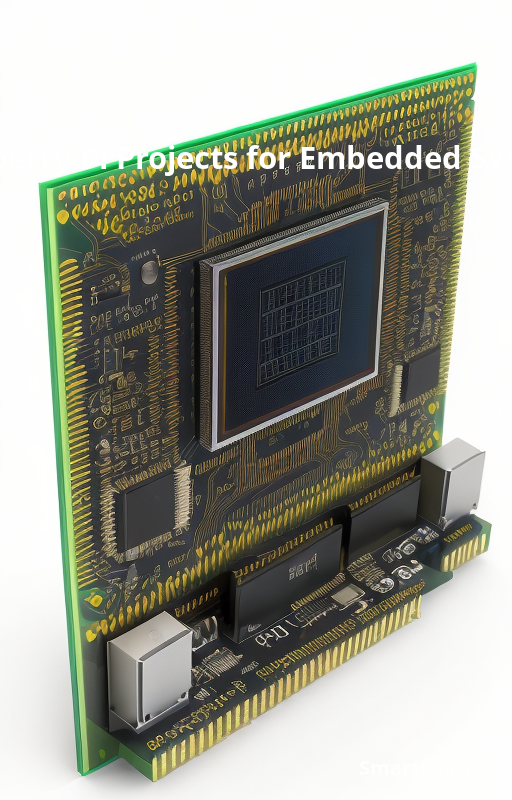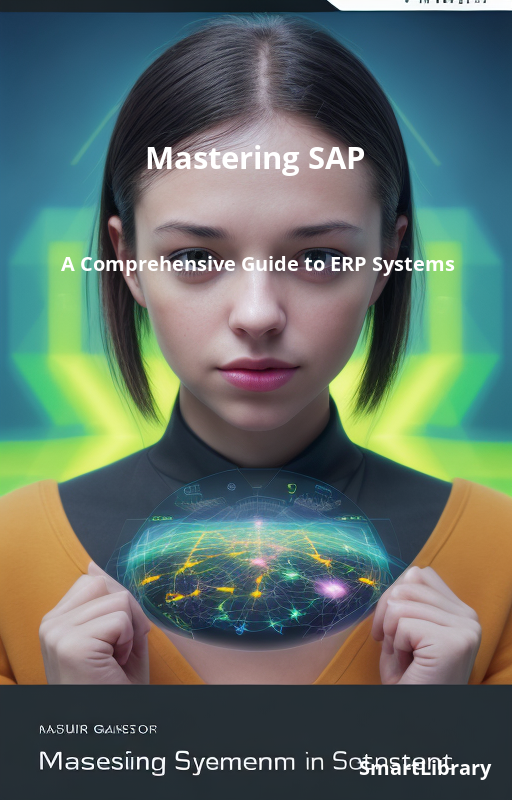
Building Microservices with Docker, Kubernetes, and Jenkins
Microservices architecture has gained popularity in recent years as a way to develop and deploy complex applications that can scale and remain resilient. In this book, the focus is on harnessing the full potential of microservices architecture using three crucial tools: Docker, Kubernetes, and Jenkins.
The book begins by introducing the concept of microservices architecture and explaining its core principles. It then dives into the world of Docker, a platform that enables the creation and management of lightweight, portable containers. With Docker, developers can easily package their applications and dependencies into containers, ensuring consistent and reliable deployments across different environments.
Moving on, the book explores Kubernetes, a powerful container orchestration platform that automates the deployment, scaling, and management of containers. Kubernetes brings resilience and scalability to microservices architecture by distributing containers across clusters of machines and providing mechanisms for fault tolerance and load balancing.
The final piece of the puzzle is Jenkins, a widely-used tool for continuous integration and delivery. Jenkins allows developers to automate the build, testing, and deployment of applications, ensuring faster and more reliable release cycles. The book explains how to integrate Jenkins into the microservices workflow, enabling efficient testing and deployment of microservices-based applications.
Throughout the book, real-world examples and best practices are provided, giving readers a clear understanding of how to apply the concepts and tools to their own projects. The book also covers topics such as monitoring and logging in a microservices environment, security considerations, and scaling strategies.
By the end of this comprehensive guide, developers and DevOps engineers will have a solid understanding of how to leverage Docker, Kubernetes, and Jenkins to build scalable and resilient microservices-based applications. They will be equipped with the knowledge and skills to overcome challenges in designing, deploying, and maintaining microservices architectures, ultimately enabling them to unleash the full potential of this modern approach to application development.

























































































































